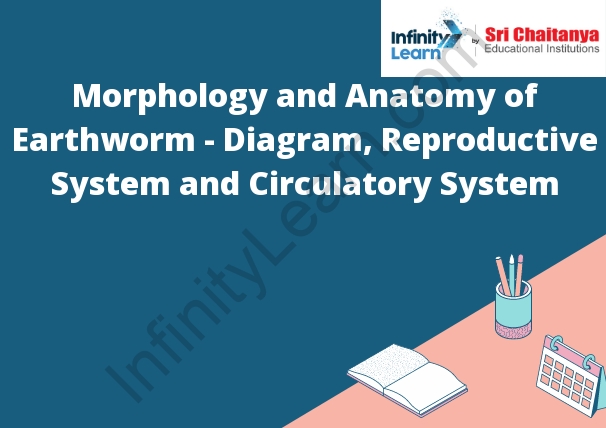Table of Contents
Introduction to Earthworm
An earthworm is a tube-shaped, segmented worm found in the soil. They belong to phylum Annelida and class Clitellata. An earthworm has a tough outer skin called an exoskeleton and a soft, fleshy body inside. They have a pair of clitella, which are reproductive organs, at the front and back of their body. Earthworms have no eyes, but they can sense light and dark, and they can feel vibrations in the soil. They eat soil and decaying organic matter. Earthworms reproduce by mating and laying eggs.

Morphology of Earthworm
Earthworms have a cylindrical body with a pointed head and a blunt tail. They have a number of bristles (chaetae) along their body which helps them move through the soil. Their skin is thin and moist and they have no lungs. Instead, they breathe through their skin and the moist soil around them.
Anatomy of Earthworm
The body of an earthworm is divided into segments, each of which has its own function. The front end of the worm is its head, and the back end is its tail. The head has a mouth and a set of strong jaws called mandibles. The mandibles are used for cutting food, fighting, and digging.
The body of the worm is divided into segments called metameres. Each metamere has a set of muscles, a nerve cord, and a blood vessel. The worms move by contracting the muscles in the metameres in the back of their body and stretching the muscles in the front. This pushes the fluid in the blood vessels forward, and the worms move forward.
The Reproductive System of an Earthworm
The reproductive system of an earthworm includes the male and female reproductive organs. The male reproductive organs include the testes and the sperm duct. The female reproductive organs include the ovaries and the oviduct. The reproductive system of an earthworm functions to produce and release eggs and sperm.
The Circulatory System of an Earthworm
The circulatory system of an earthworm is a closed system that consists of a heart and a series of tubes that carry blood throughout the body. The heart is a simple, tube-like organ that contracts to pump blood through the body.
The blood is a colorless liquid that contains dissolved oxygen, carbon dioxide, and other nutrients. The tubes that carry the blood are called veins and arteries. The veins carry the blood from the body to the heart, and the arteries carry the blood away from the heart.







